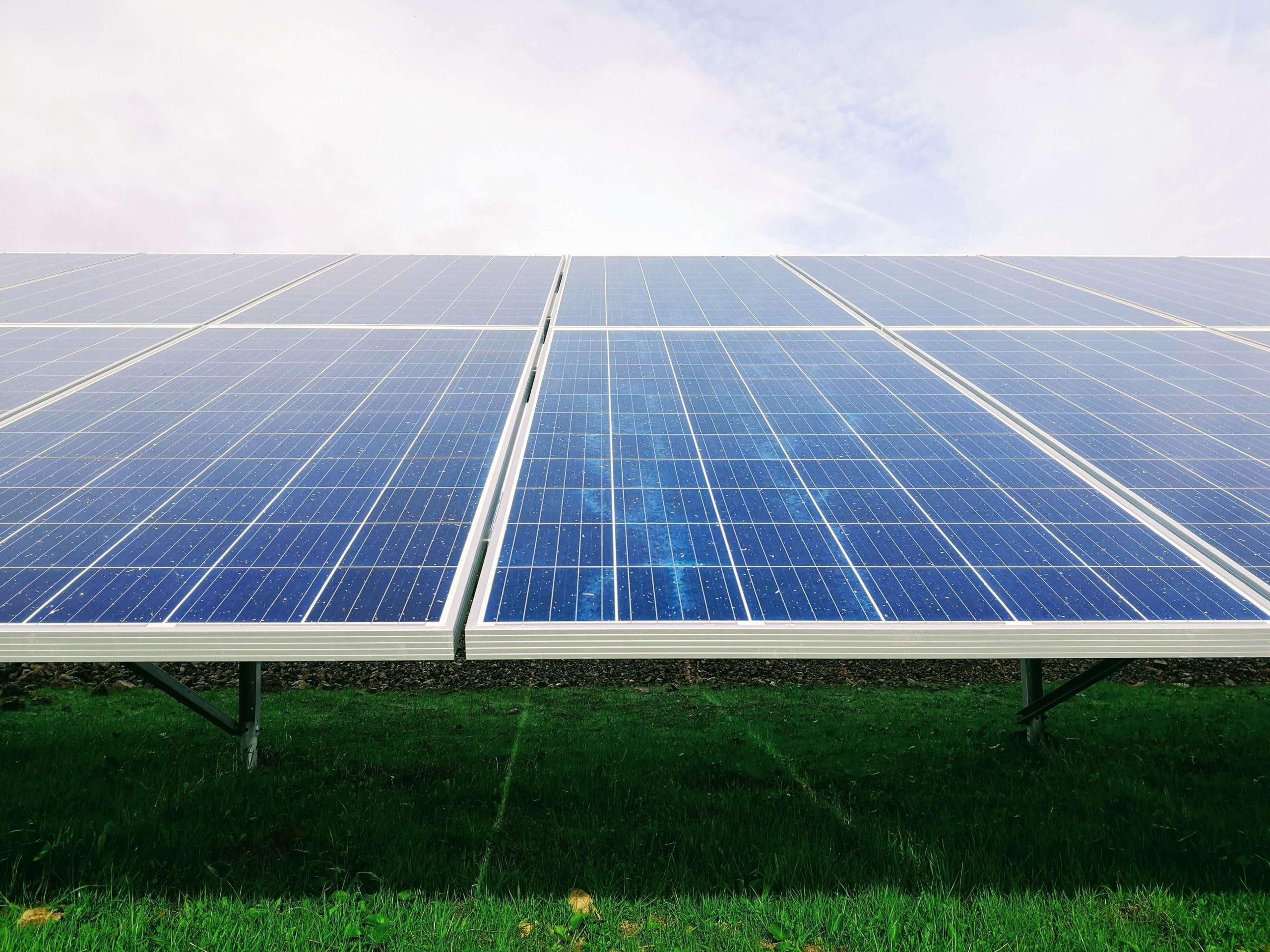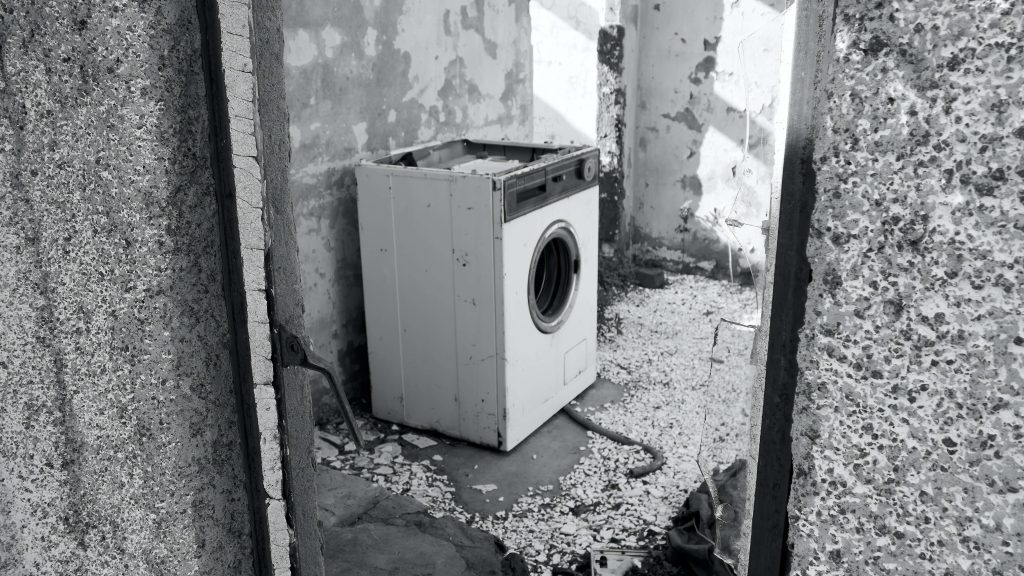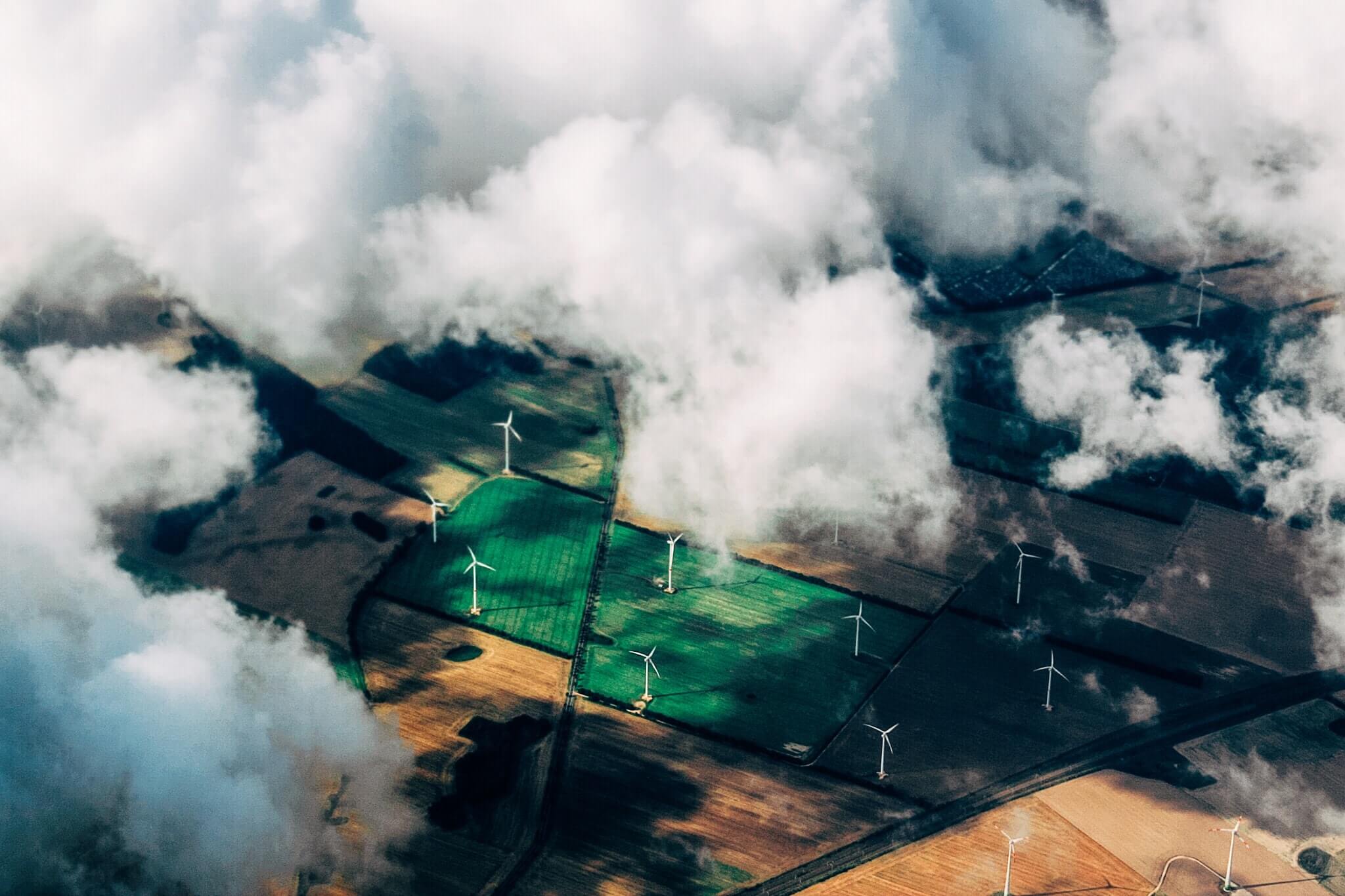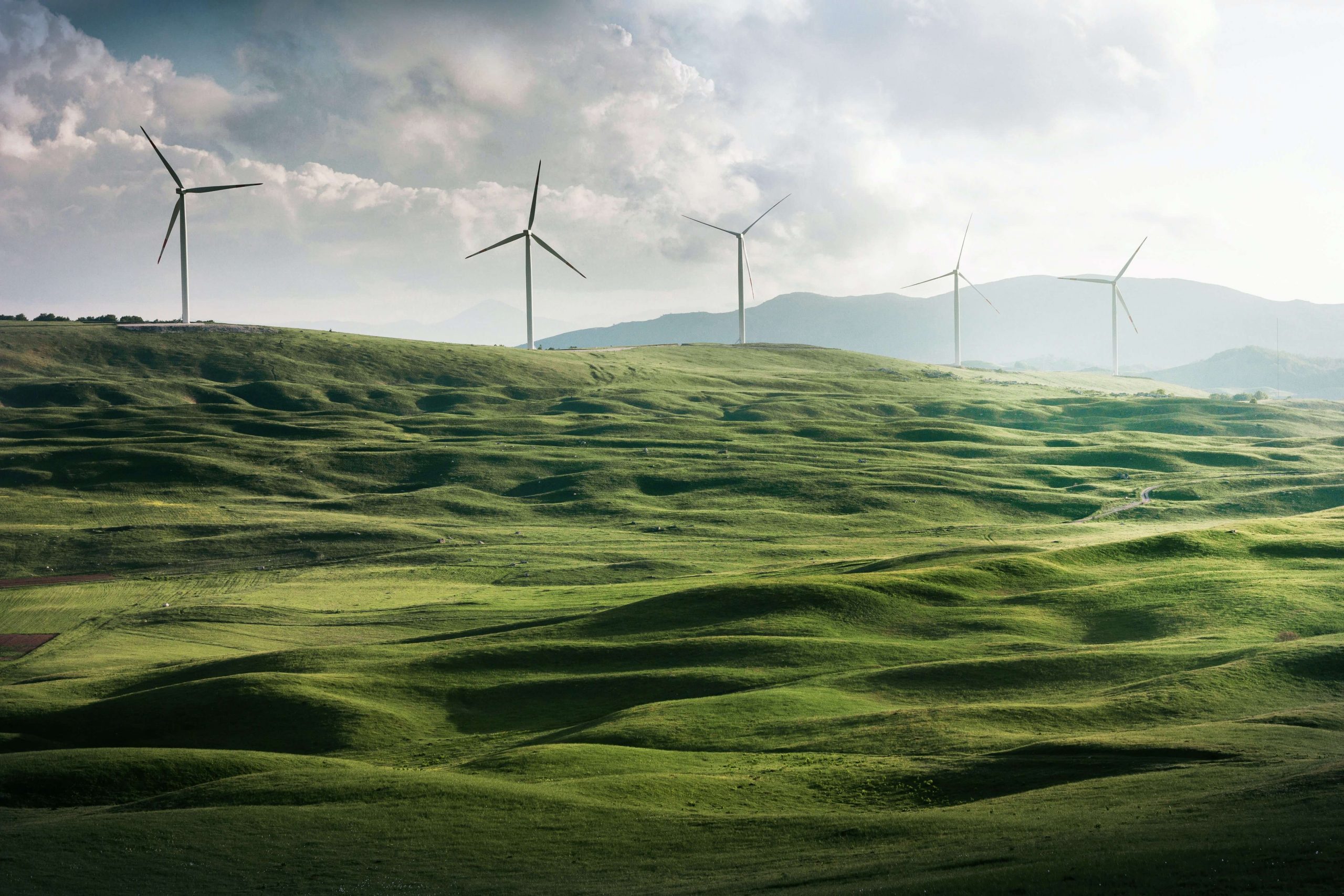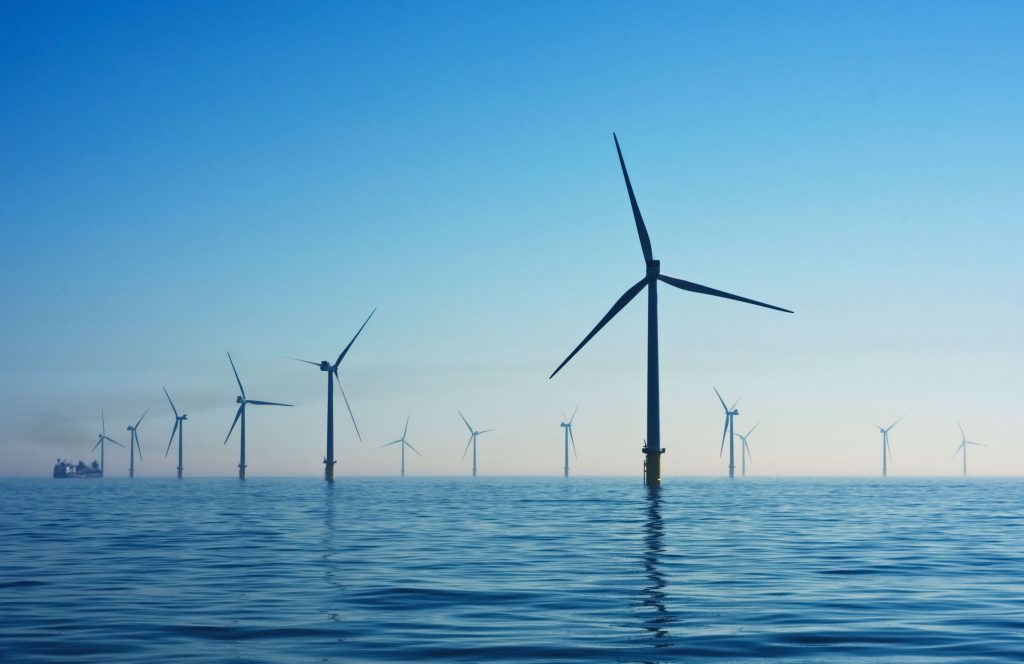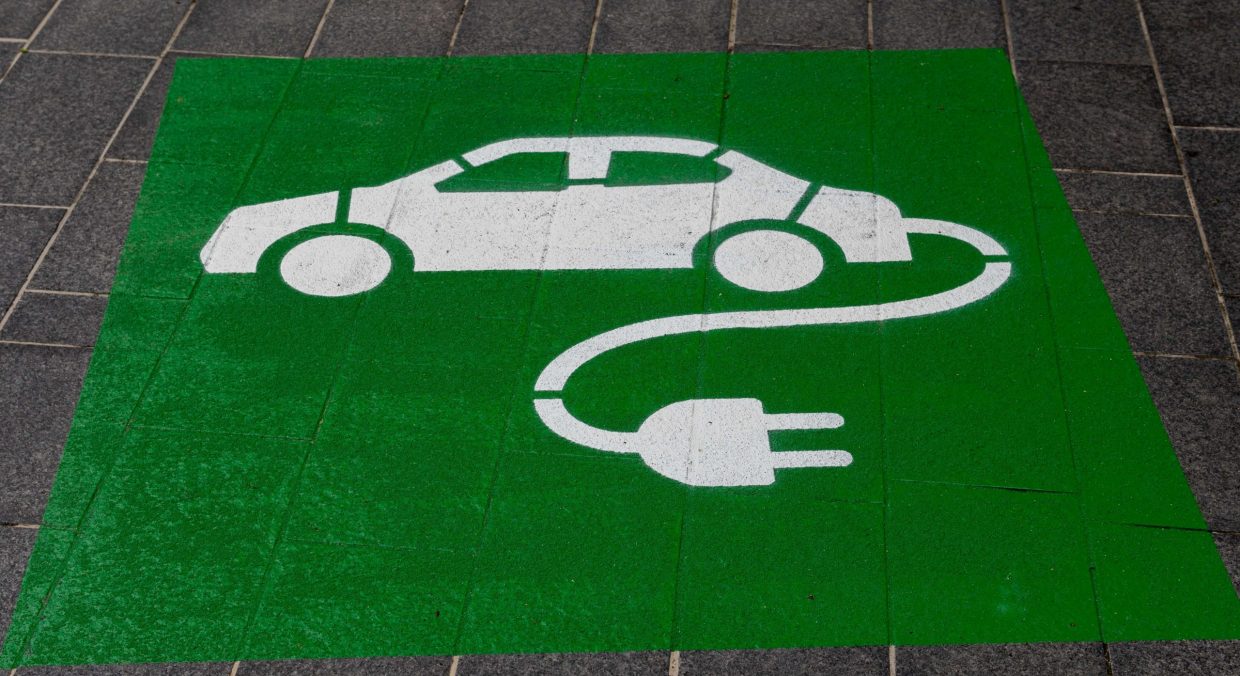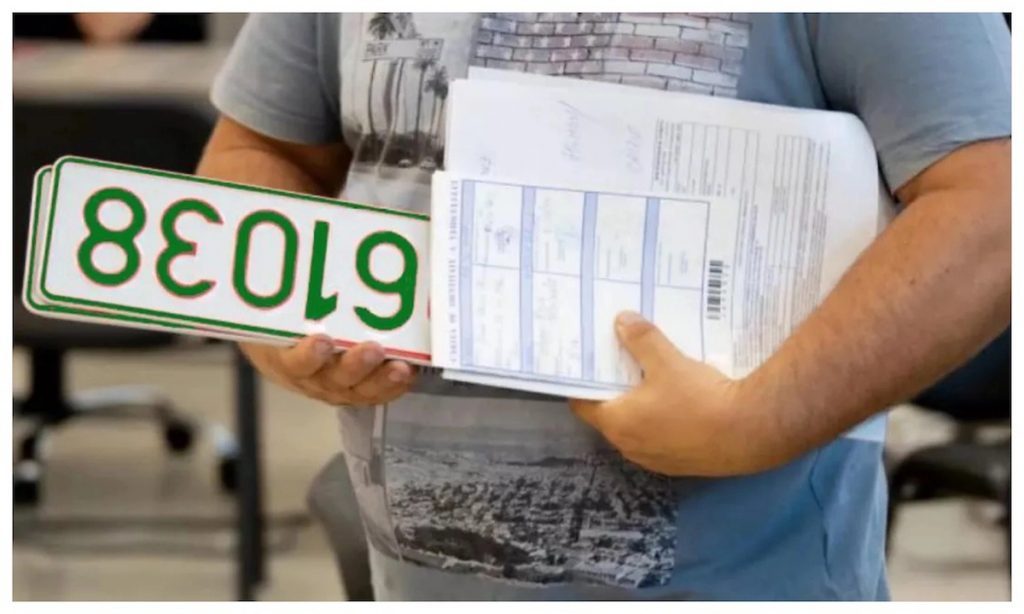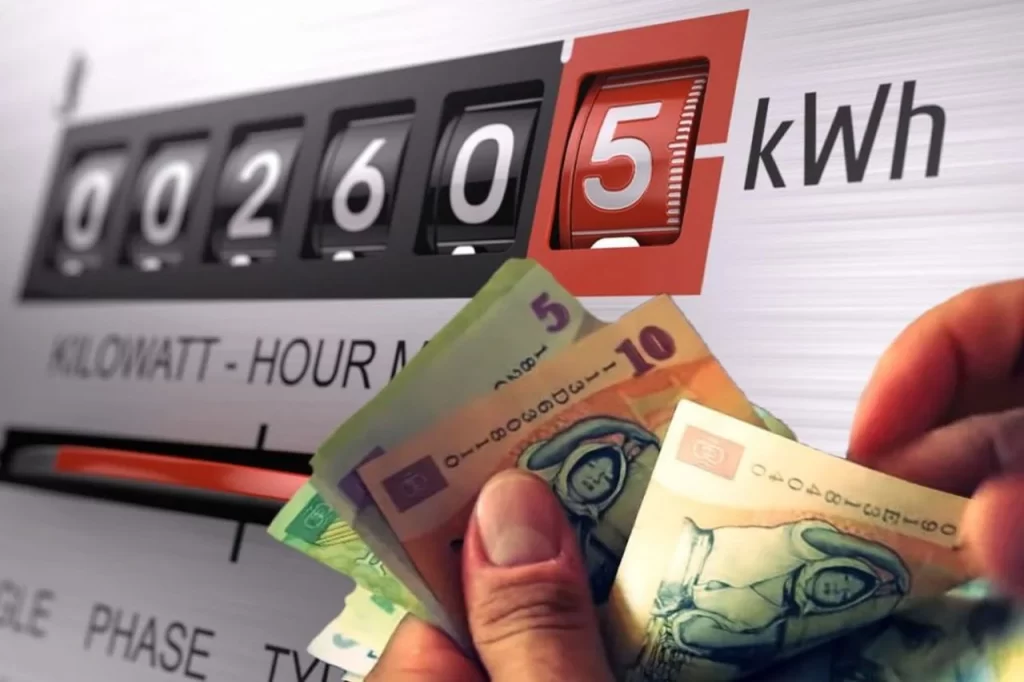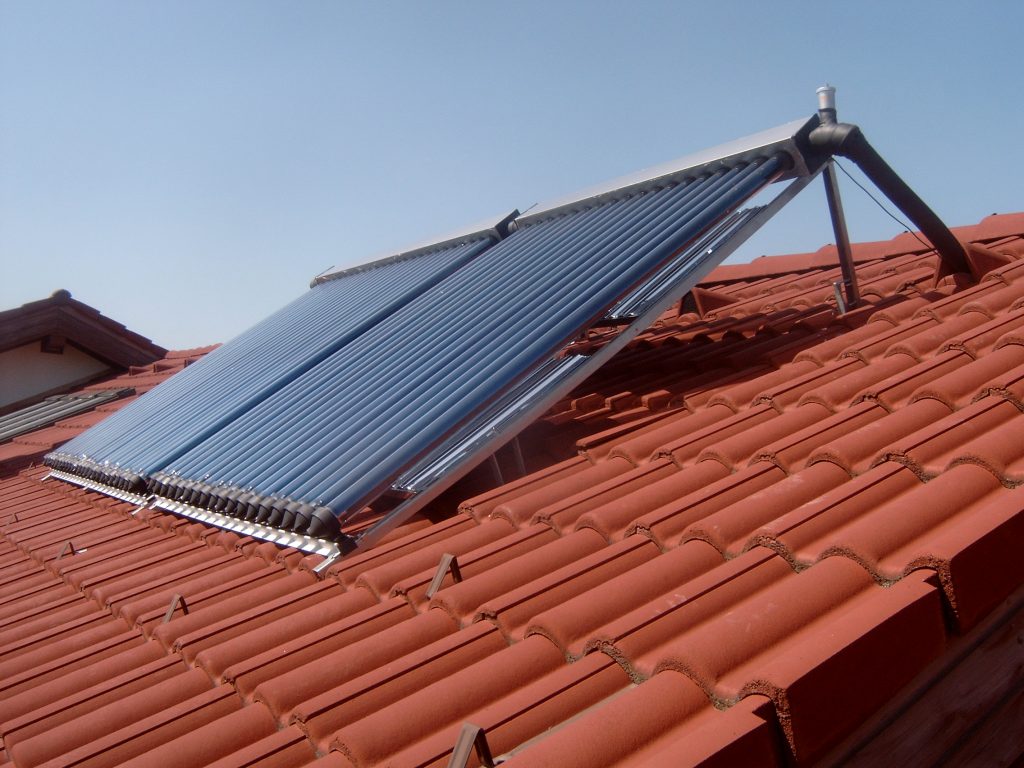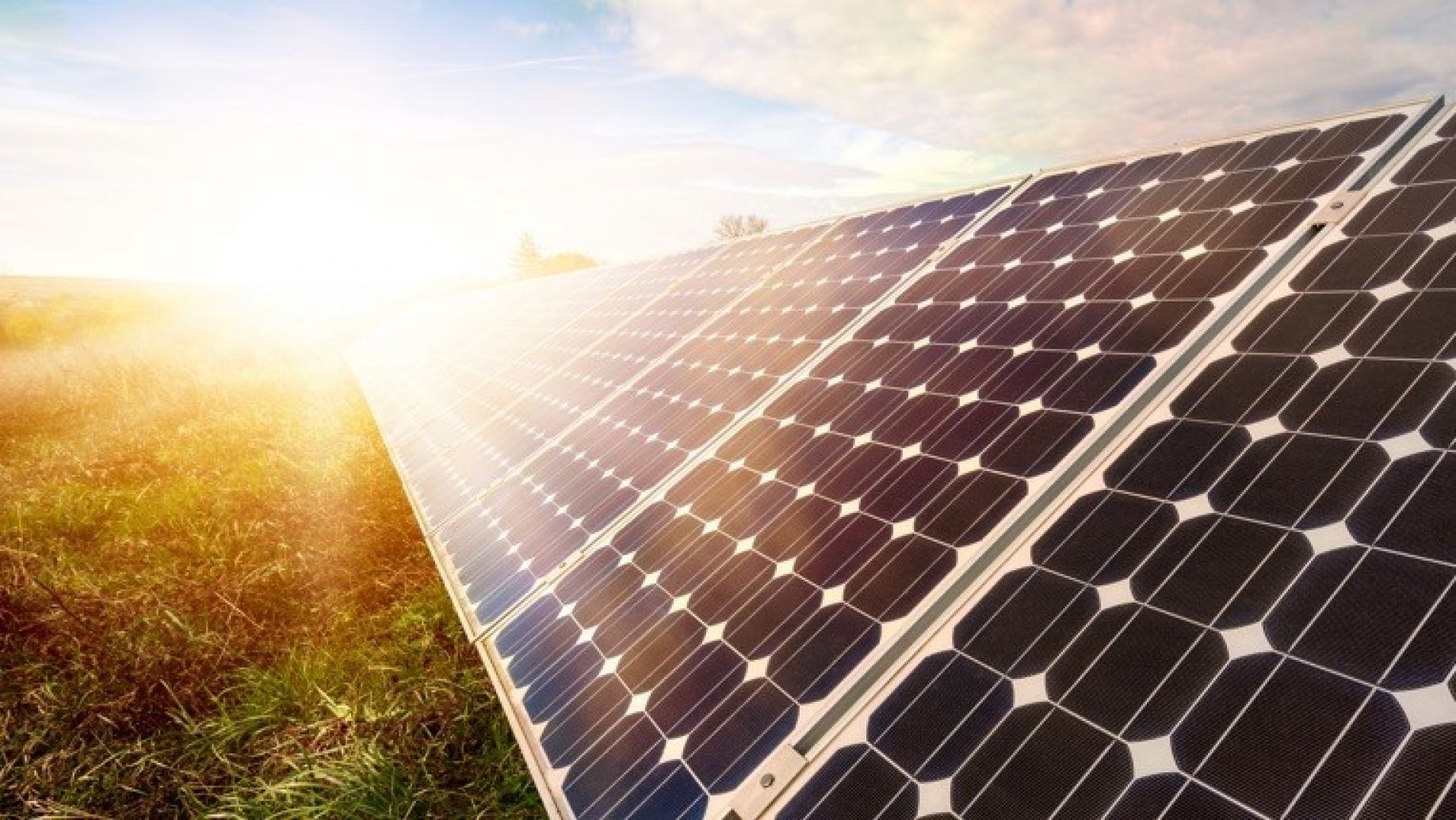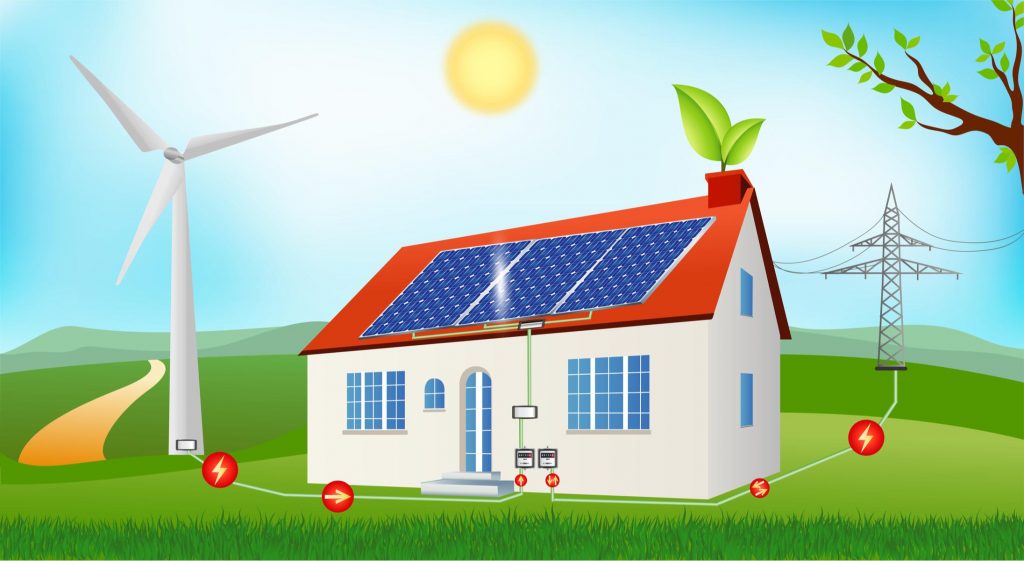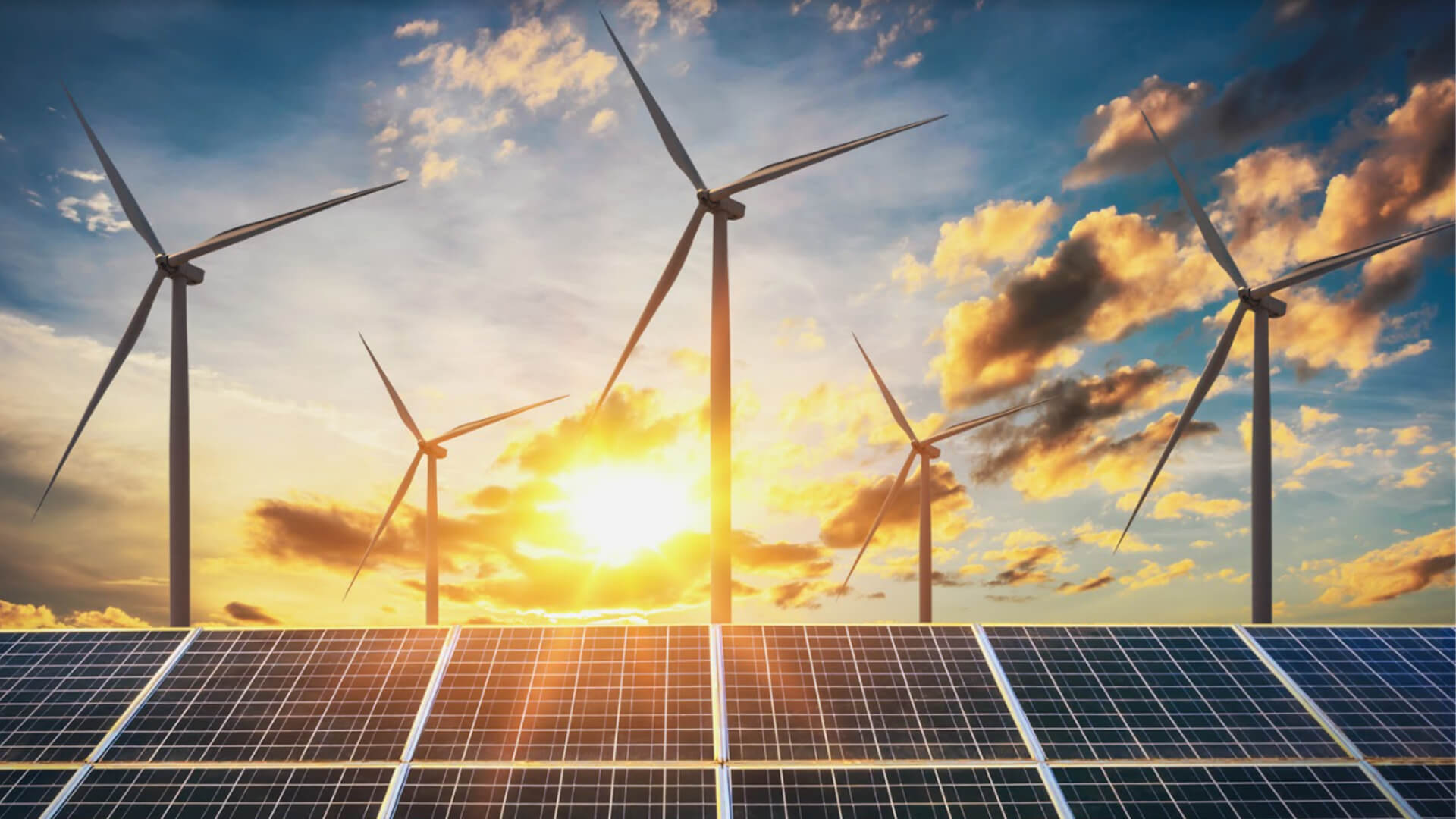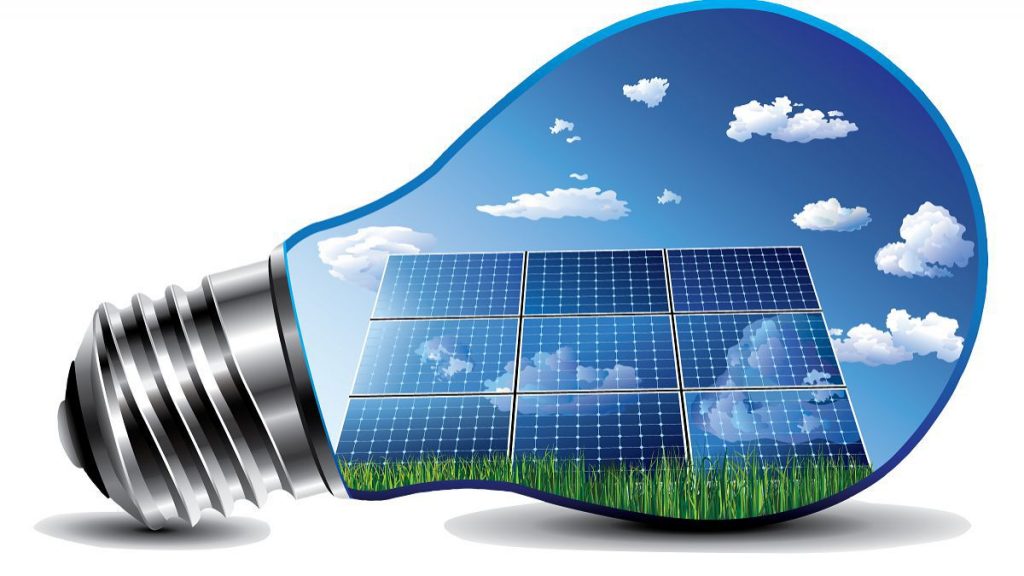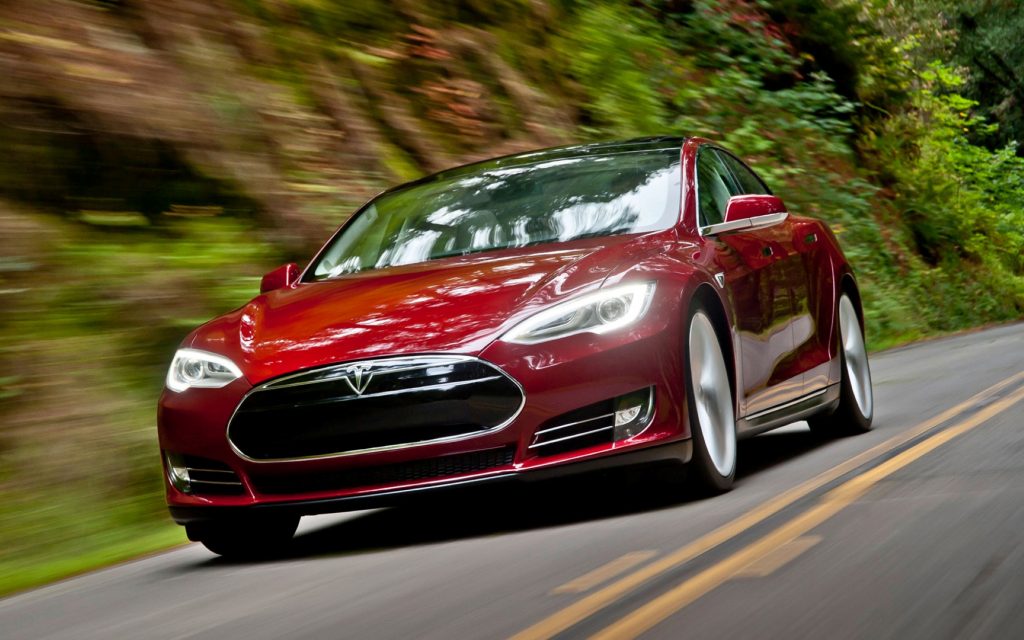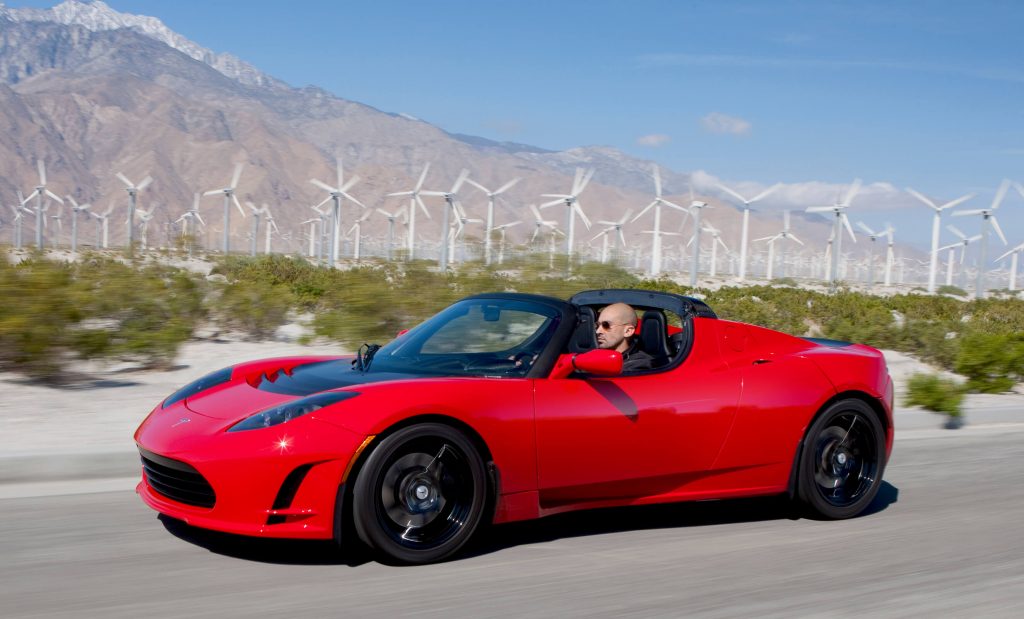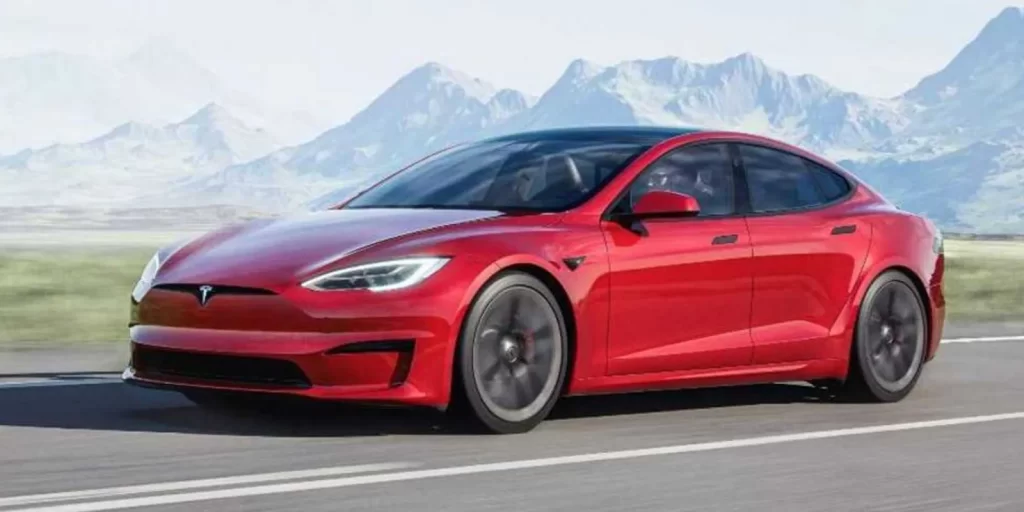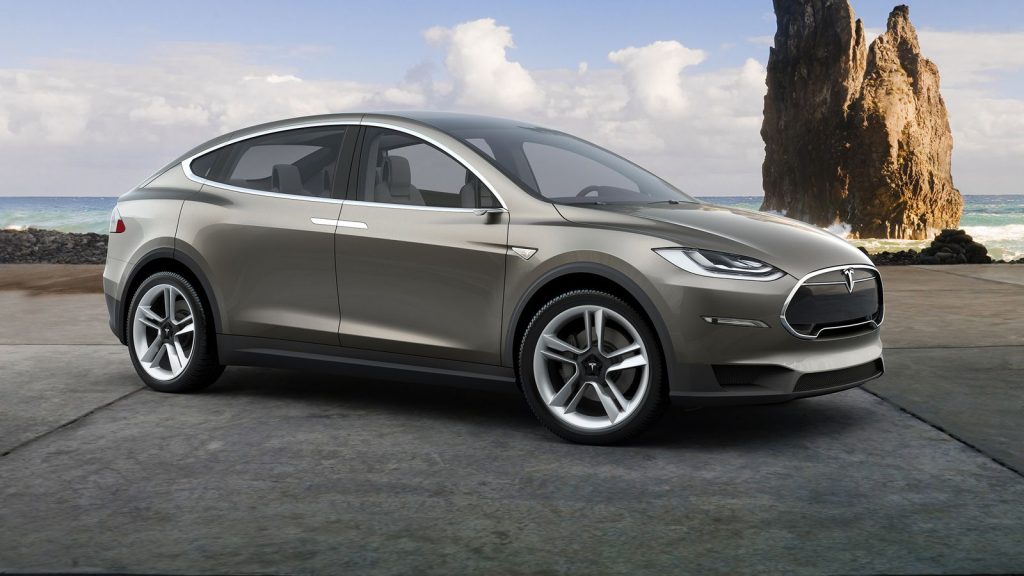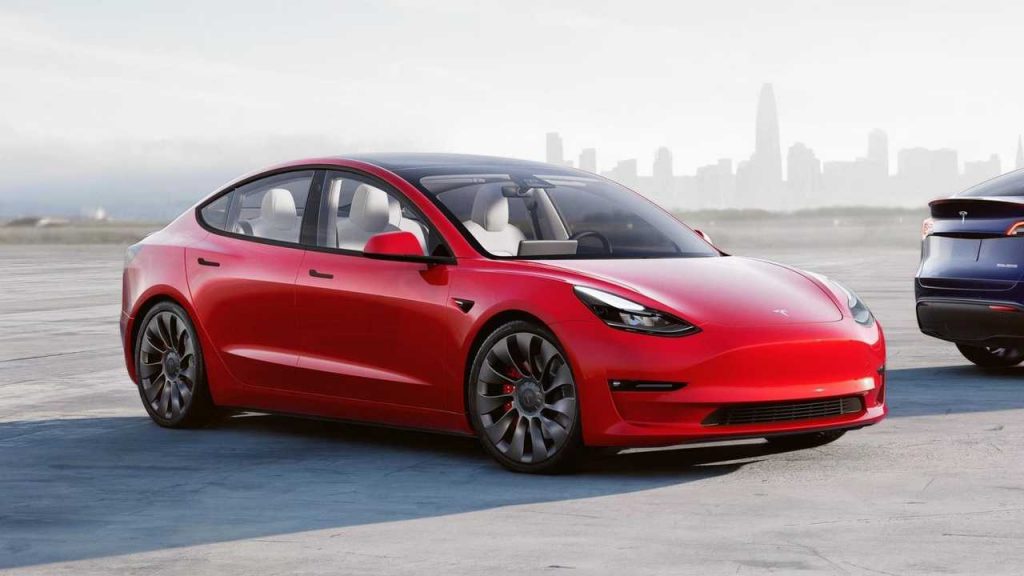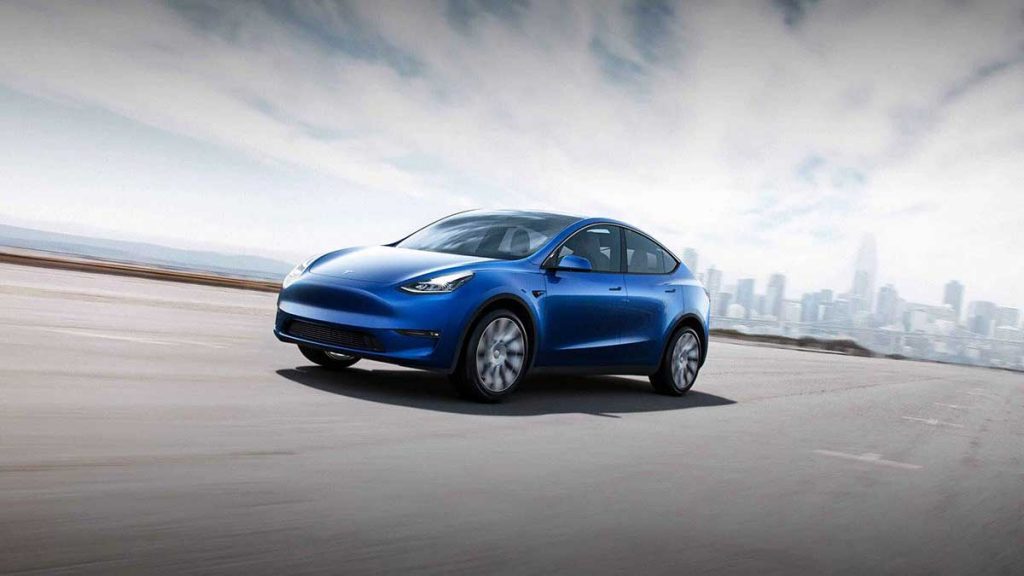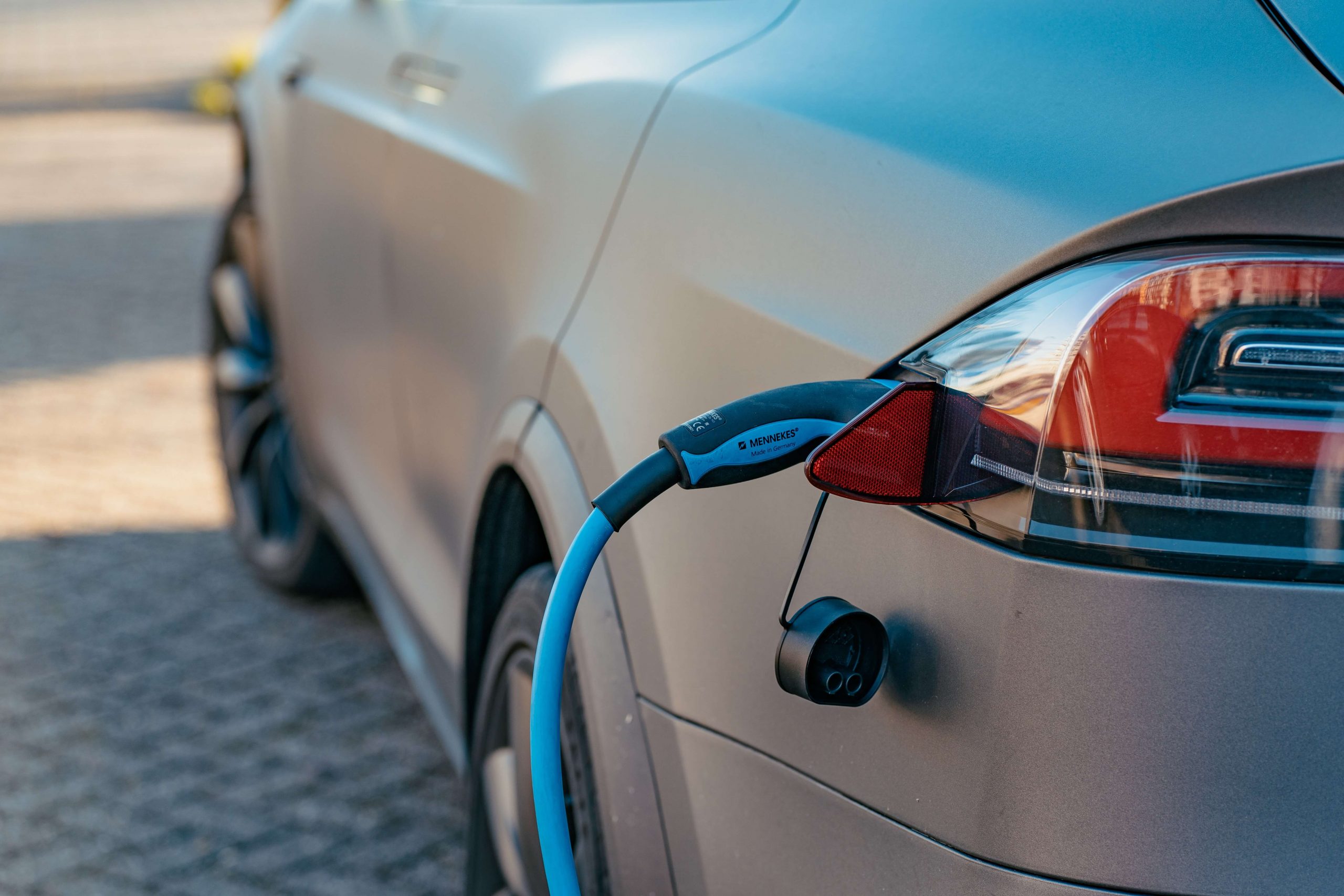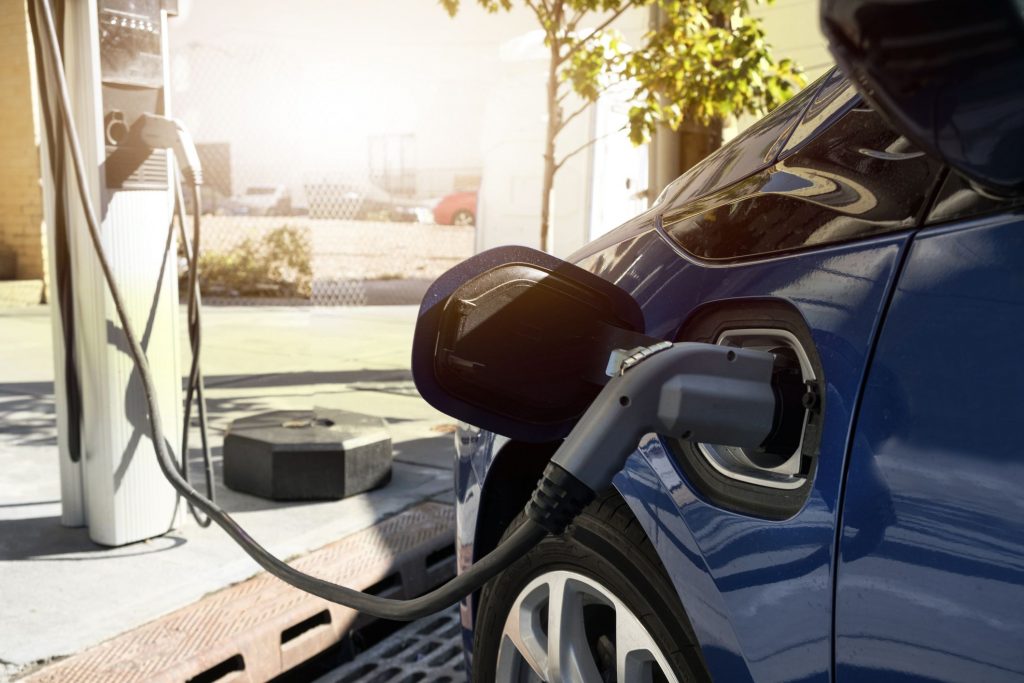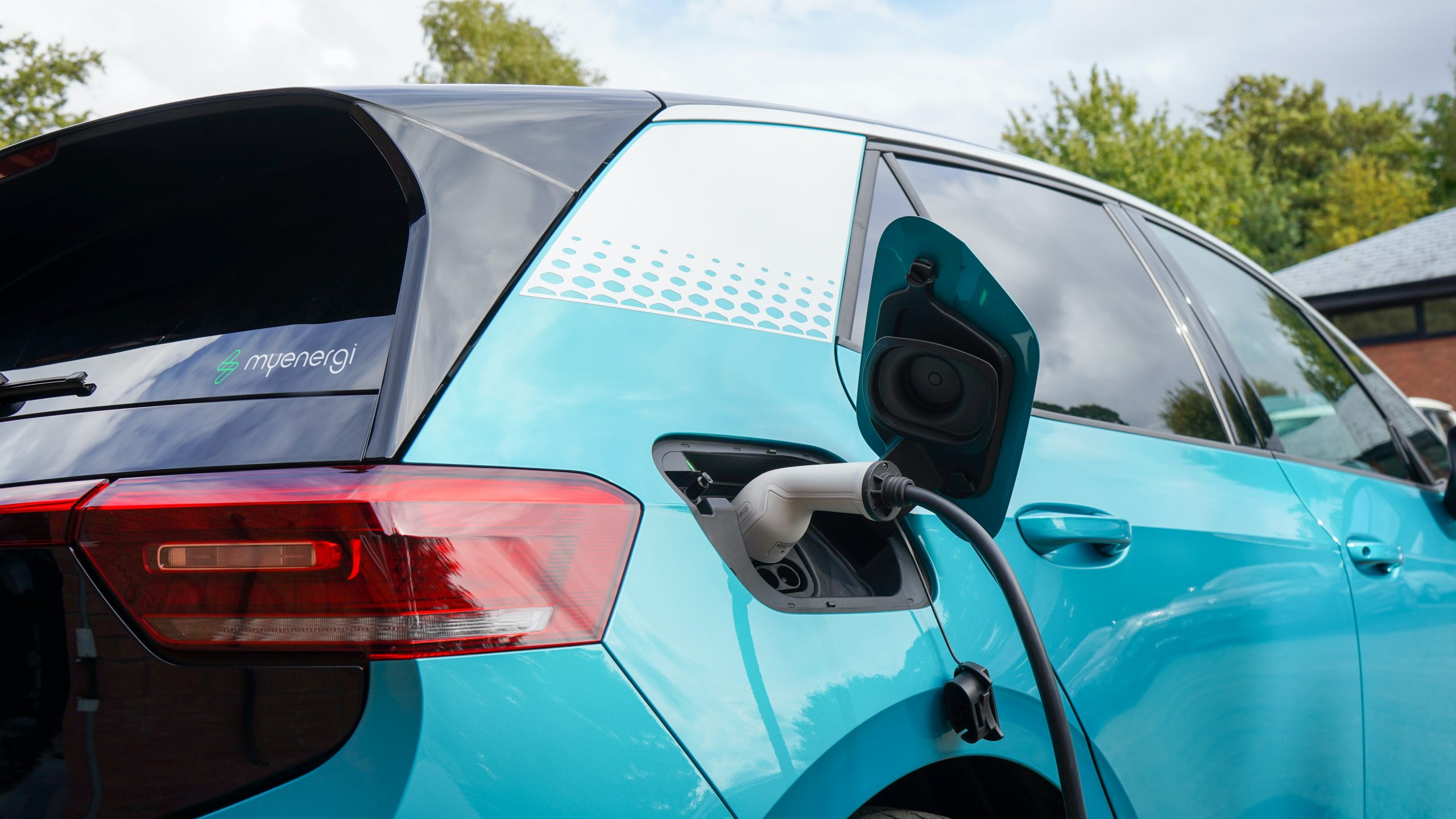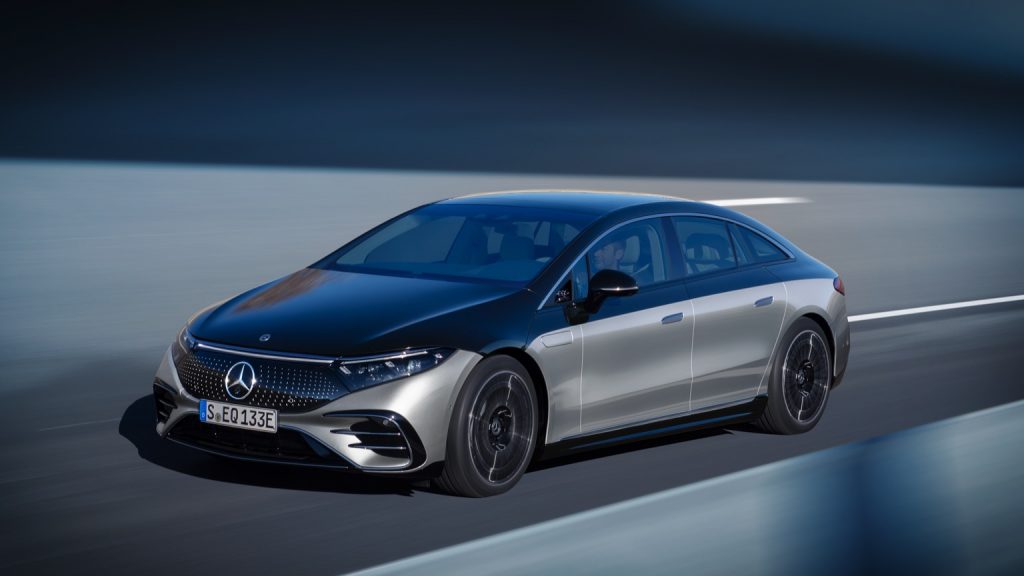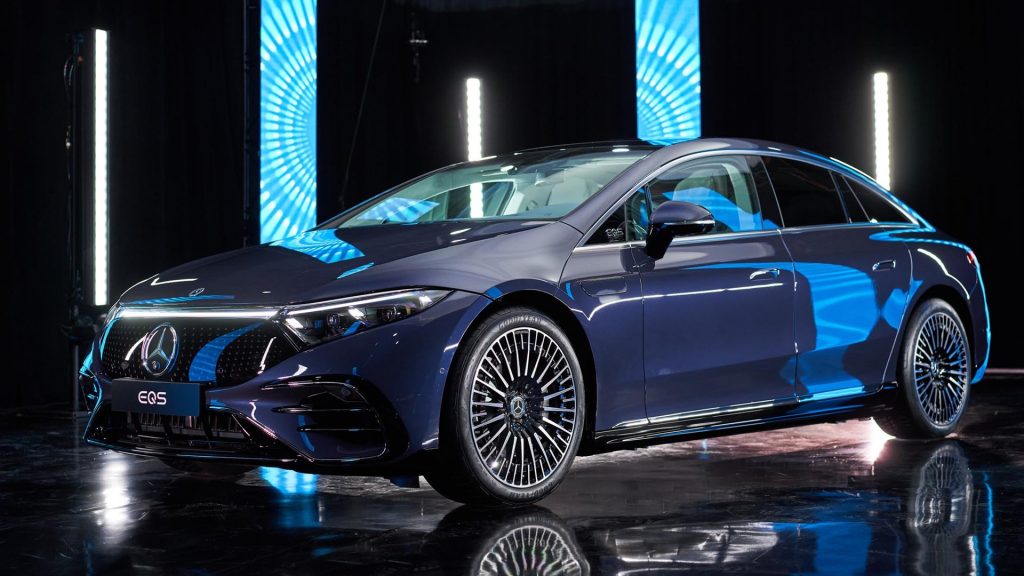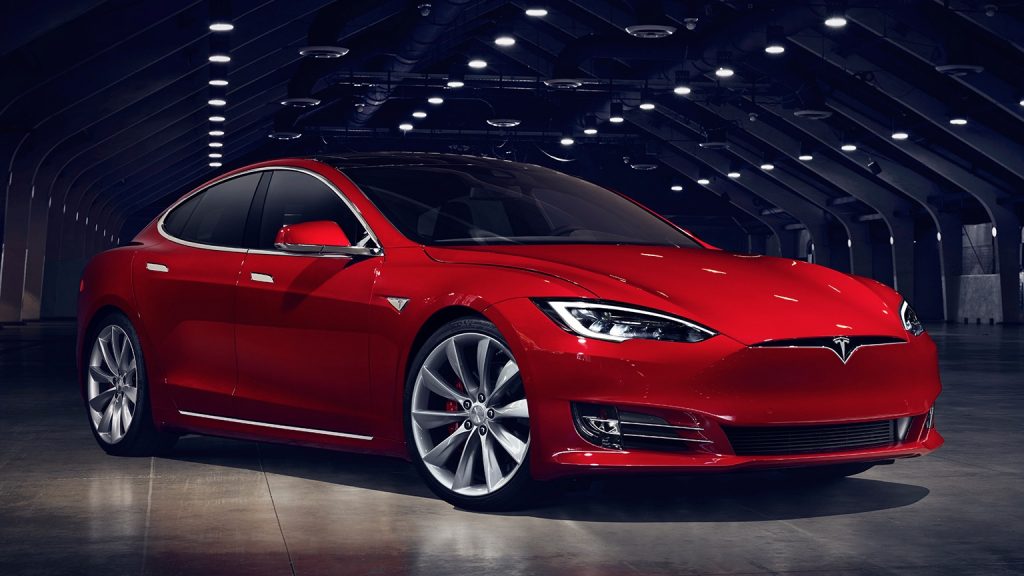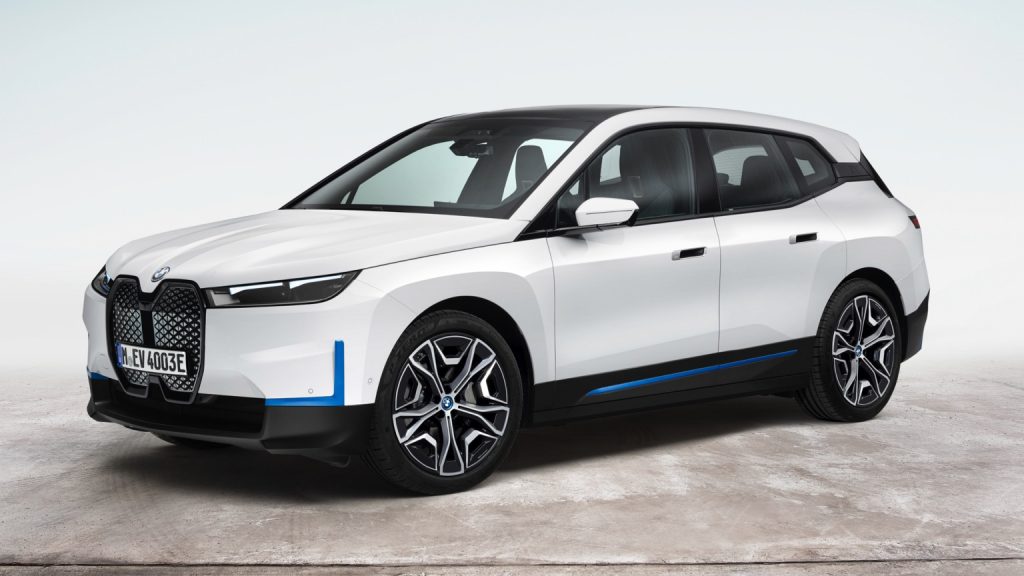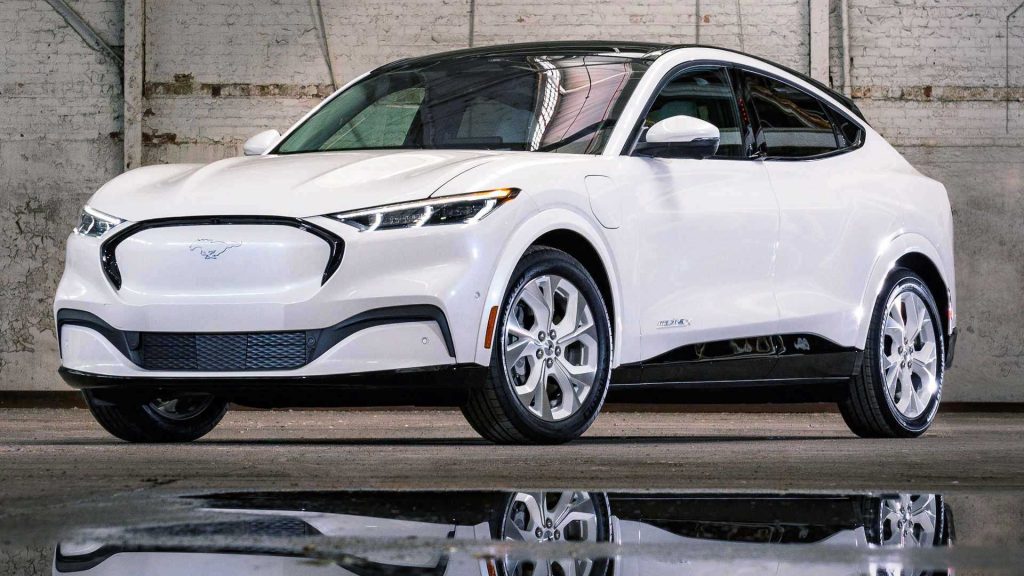If you are also considering installing photovoltaic panels for domestic use, below you will find all the documents and permits you need. These do not apply to thermal panels, which can be installed by a plumber or a specialized company.
Urban Planning Certificate
The urban planning certificate can only be requested by the homeowner from the local town hall and is issued within a maximum of 30 days, with a validity between 6 and 24 months from the date of issue (depending on the purpose and complexity of the investment).
To obtain the Urban Planning Certificate, you will need the following documents:
- Standard Request;
- Ownership documents, cadastre, land book extracts;
- Copies of the sales-purchase contract, inheritance act, and land registration certificate;
- Copy of ID card/identification document;
- Proof of payment for the issuance of the urban planning certificate. The fee is calculated based on the land area: 5 Lei for an area up to 150 square meters, up to 14 Lei for areas of 1000 square meters.
- Cadastral plan at scales 1:500 and 1:2000, and topographic location plans (2 copies each) issued by the Land Registry and Cadastre Office;
- Plan of the current situation and the proposal for the photovoltaic system;
- Brief memorandum summarizing the purpose of the request.
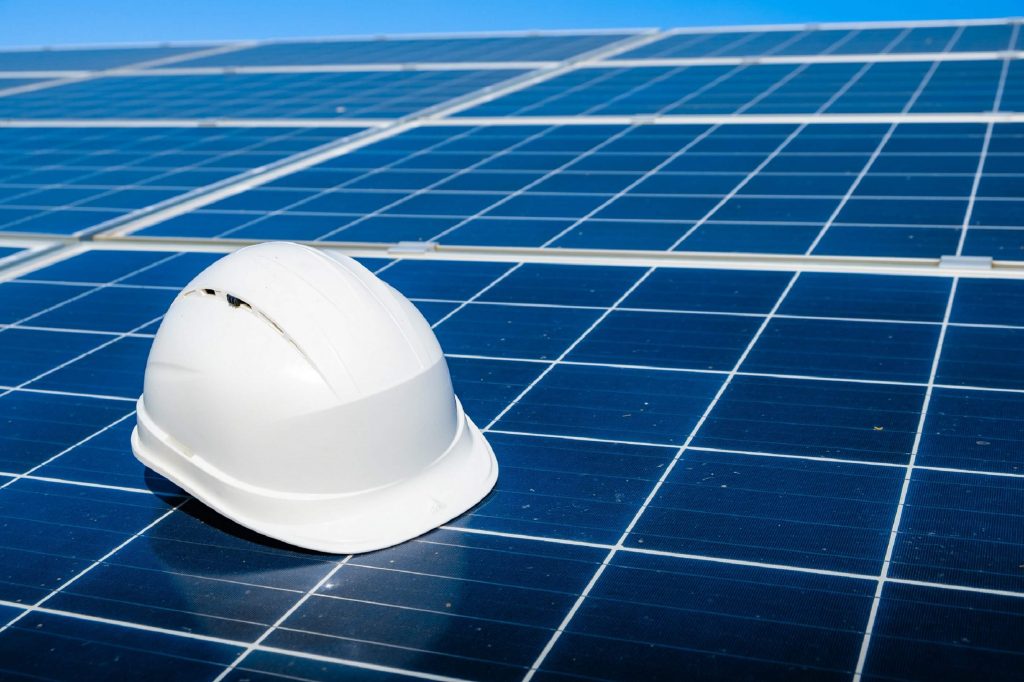
Environmental Agreement and Environmental Approval
Both documents are issued by the National Environmental Protection Agency/Agenția Națională pentru Protecția Mediului (NEPA/ANPM), the Central Public Authority for Environmental Protection, or the Territorial Public Authority for Environmental Protection, within 30 days.
To obtain the Environmental Agreement (fee of 4000 lei, without VAT), you will need:
- The application for obtaining the Environmental Agreement;
- Copy of the Urban Planning Certificate;
- Copy of the Site Plan attached to the Urban Planning Certificate;
- Copy of the Zoning Plan;
- Proof of payment for the initial evaluation of the request.
To issue the Environmental Notice (fee of 1000 lei, excluding VAT) you will need:
- Notification;
- Draft Plan;
- Proof of publication of the Notice and the Draft Plan in the Mass Media.
Approval from the State Inspectorate in Construction (ISC)
The fee for the Approval from the State Inspectorate in Construction is paid subsequently, with a value of 0.25% of the investment value, and it is issued within 30 days. The documents required for its issuance are:
- Application for requesting the approval;
- Copy of the Urban Planning Certificate;
- Architectural Technical Memorandum;
- Zoning Compliance Plan;
- Site Plan, scale 1:500 or 1:2000;
- DTAC Project (2 copies);
- Copy of the owner’s Identity Card;
- Proof of property ownership/lease.
Sanitary Permit
Issued within 15 days, the Sanitation Permit is issued by the local sanitation company, based on the following documents:
- Copy of the owner’s Identity Card;
- Copy of the property/rental deed;
- Copy of the proof of payment of the fee, which differs depending on the company that provides the sanitation services
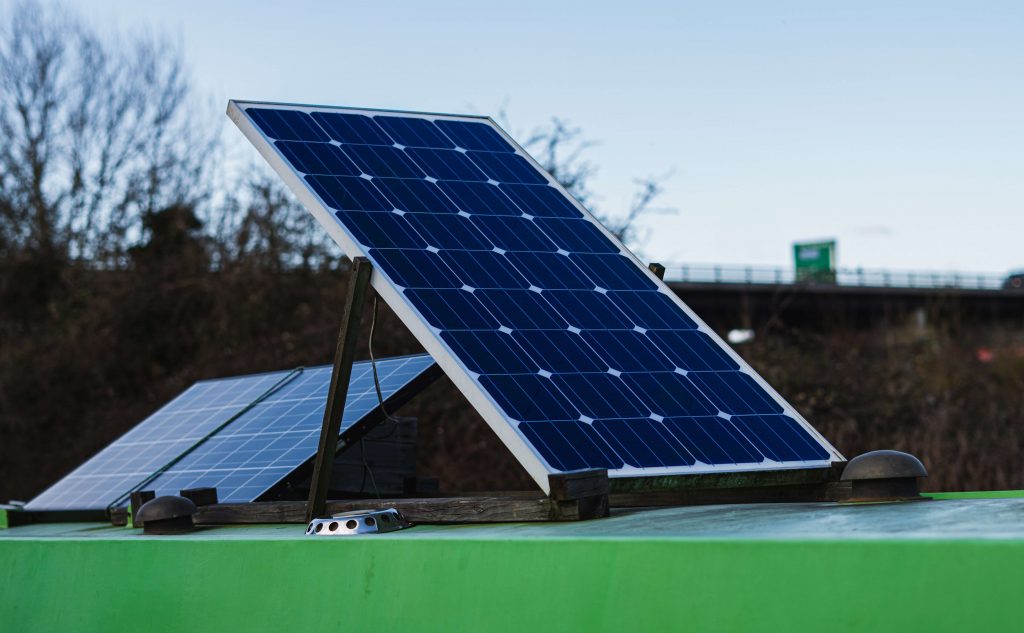
ISU Approval
The ISU opinion is issued by the Inspectorate for Emergency Situations, within 30 days. The required documents are:
- Standard Application Form in two copies;
- Two copies of the Urban Planning Certificate;
- Technical documentation at the design phase for the Building Permit;
- Report issued by the person who verified the project for fire safety;
- Site Plan, scale 1:500 or 1:2000;
- Two copies of the inventory with the list of submitted documents.
The Telephone Connection Approval
The Telephone Connection Approval is issued by the telecommunications provider, against a fee that can vary between 3 and 9 Euros, within 15 days, based on the following documents:
- Standard Application Form;
- Copy of the Urban Planning Certificate;
- Two copies of the Site Plan, scale 1:500 or 1:2000;
- Zoning Plan
Energy Supplier Site Approval
The Site Approval is issued by the electricity distribution operator, subject to a fee of 55 Lei (excluding VAT), within 15 days. The required documents are:
- Standard application form;
- Copy of the Urban Planning Certificate;
- Copy of the Zoning Plan, endorsed by the issuing authority and attached to the Urban Planning Certificate;
- Site Plan;
- Coexistence Study to determine the level of compatibility with the power grid;
- Proof of payment of the fee.
Technical Connection Approval
The Technical Connection Approval is issued by the distribution operator within 30 days, against a fee of 42 lei (excluding VAT).
You will need the following documents:
- Standard Application Form;
- Free Mandate;
- Copy of the Site Location Approval / single agreement;
- Solution Study for connection to the electricity network (if elaborated);
- Technical and energy data of the consumption site;
- Copy of the Urbanism Certificate;
- Copy of the Site Plan, scale 1:500 or 1:2000;
- Copy of the zonal urban plan;
- Building Permit for the objective;
- Copy of the identity document;
- Copy of the property deed;
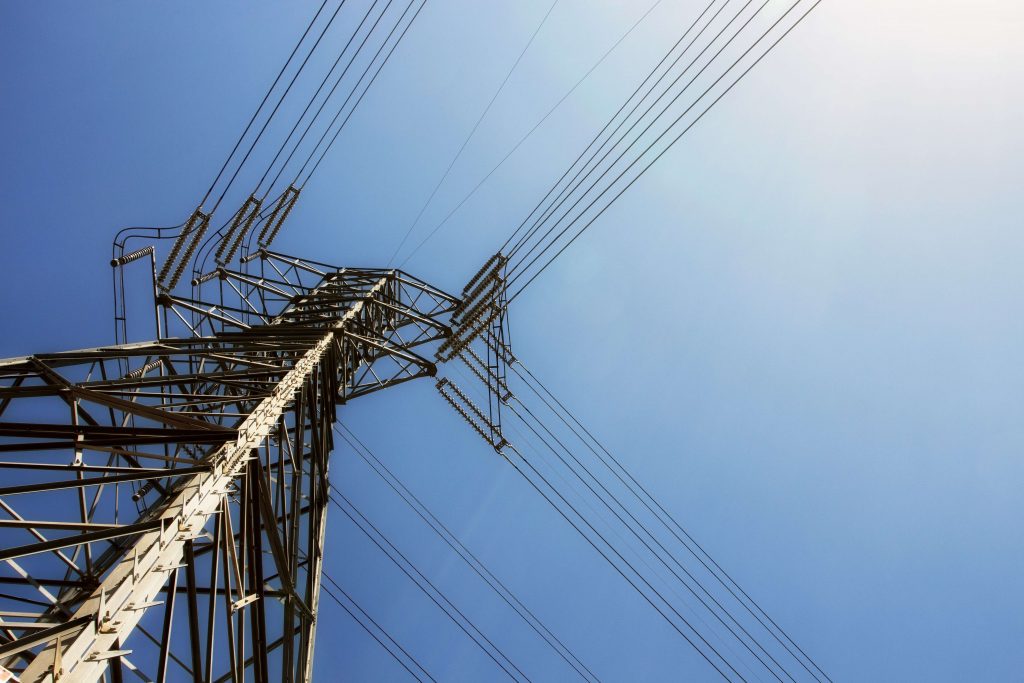
Building Permit
The fee for obtaining the Building Permit is 0.5% (individuals) and 1% (legal entities) of the investment value. It is issued by the local town hall within 30 days and is valid for 12 months from the date of issue.
The required documents are as follows:
- Standard Application Form;
- Certified copy of the property deed;
- Self-declaration stating that there are no disputes regarding the property;
- Copy of the urban planning certificate;
- Copy of the updated cadastral plan extract;
- Copy of the updated land book extract;
- Approvals and agreements specified in the urban planning certificate;
- Technical documentation for obtaining the Building Permit;
- Contract with a waste disposal company for the transport of construction waste;
- Proof of payment for the fee.
The following two documents are only required if you wish to become a prosumer (injecting surplus energy produced by you into the centralized energy system).
Electricity production license and accreditation
Issued within 60 days and 30 days respectively, both documents are issued by the National Energy Regulatory Authority (ANRE).
Connection Certificate
The Connection Certificate is issued free of charge, within 30 days, issued by the electricity distribution operator
